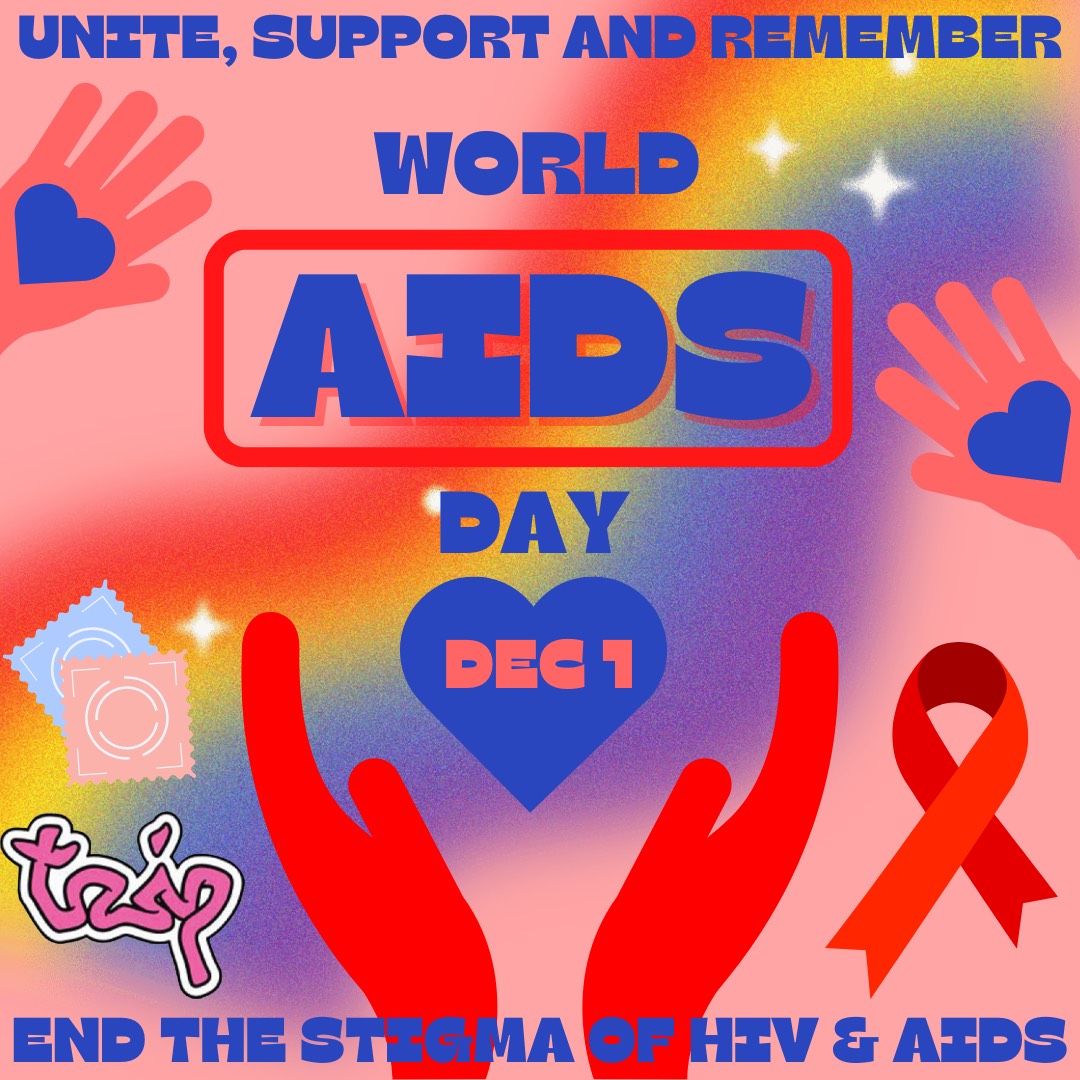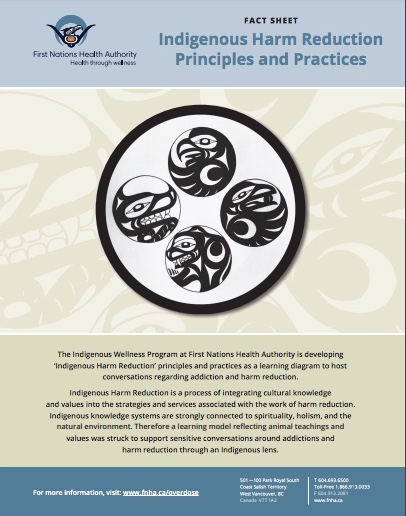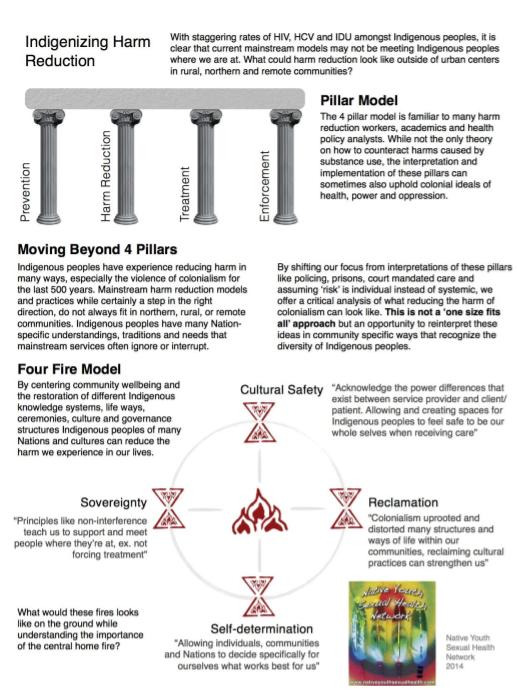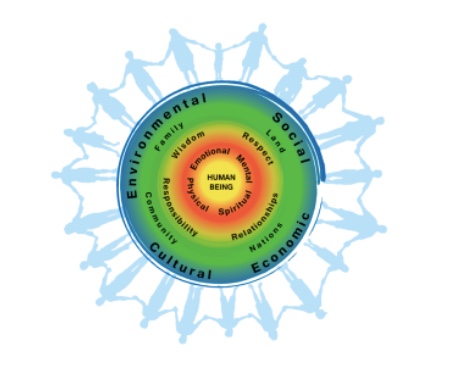 Today, December 1st, is the internationally recognized World AIDS Day (WAD). It is a day to reflect and unite in the fight against HIV & AIDS*- an auto-immune disease affecting over 38 million people worldwide; and also one of the most discriminated and stigmatized widespread diseases. HIV & AIDS was identified in the mid-80s’ as an illness spread through contact with blood, semen and vaginal fluids (transmission commonly occurring via anal or vaginal sex, sharing injectables). It was instantly projected as a “queer” disease, as a large portion of those affected were gay men and trans women. This labelling caught the attention from malicious homophobes/transphobes, which transpired into mass anti-queer rhetoric, propaganda and mass hysteria. This discriminatory attitude was adopted by many medical teams across the globe, resulting in slower and more hesitant trials of treatment for the condition. Many lost their lives and loved ones in this time due to misinformation, lack of details surrounding the disease and also blatant neglect from healthcare. Continue reading
Today, December 1st, is the internationally recognized World AIDS Day (WAD). It is a day to reflect and unite in the fight against HIV & AIDS*- an auto-immune disease affecting over 38 million people worldwide; and also one of the most discriminated and stigmatized widespread diseases. HIV & AIDS was identified in the mid-80s’ as an illness spread through contact with blood, semen and vaginal fluids (transmission commonly occurring via anal or vaginal sex, sharing injectables). It was instantly projected as a “queer” disease, as a large portion of those affected were gay men and trans women. This labelling caught the attention from malicious homophobes/transphobes, which transpired into mass anti-queer rhetoric, propaganda and mass hysteria. This discriminatory attitude was adopted by many medical teams across the globe, resulting in slower and more hesitant trials of treatment for the condition. Many lost their lives and loved ones in this time due to misinformation, lack of details surrounding the disease and also blatant neglect from healthcare. Continue reading
Tag: indigenous harm reduction
Indigenous Harm Reduction Models

There are many different models of harm reduction. The basic philosophy of harm reduction which recognizes drug use as a value neutral act and emphasizes the importance of any positive change, is steeped in white-settler ideology. Indigenous youth experience unique barriers, have unique cultural relationships to substances for ceremonies and experience the ongoing harms of colonization. If we truly want to reduce the harms that come with using drugs, we must start by looking at the traumatic violence that people who use drugs experience because of violent systems of oppression, like colonialism. The following harm reduction resources are examples of indigenizing harm reduction and making the philosophy relevant to indigenous youth who use drugs.
First Nations Health Authority: Has a resource on indigenous harm reduction that uses animals with spiritual significance in British Columbia to symbolize healing principles and harm reduction strategies.
http://www.fnha.ca/wellnessContent/Wellness/FNHA-Indigenous-Harm-Reduction-Principles-and-Practices-Fact-Sheet.pdf
Native Youth Sexual Health Network
Rather than using a four pillars model of harm reduction NYSHN uses a four fire model focusing on specific harm reduction for indigenous youth. http://www.nativeyouthsexualhealth.com/indigenizingharmreduction.html
The Learning Circle at University of British Columbia invited folks involved in indigenous harm reduction work to come speak about their work. Find this engaging conversation between indigenous peer workers where they:
- Discuss nation-based cultural and traditional values that align with the principles of harm reduction
- Explore definitions of intergenerational trauma and intergenerational strength and how this applies to harm reduction
- Explore the Indigenous Principles of Healing and Harm Reduction model
- Discuss the declaration of the public health emergency in response to opioid overdose, and the expanded Take Home Naloxone Program
http://learningcircle.ubc.ca/2017/02/indigenizing-harm-reduction/
